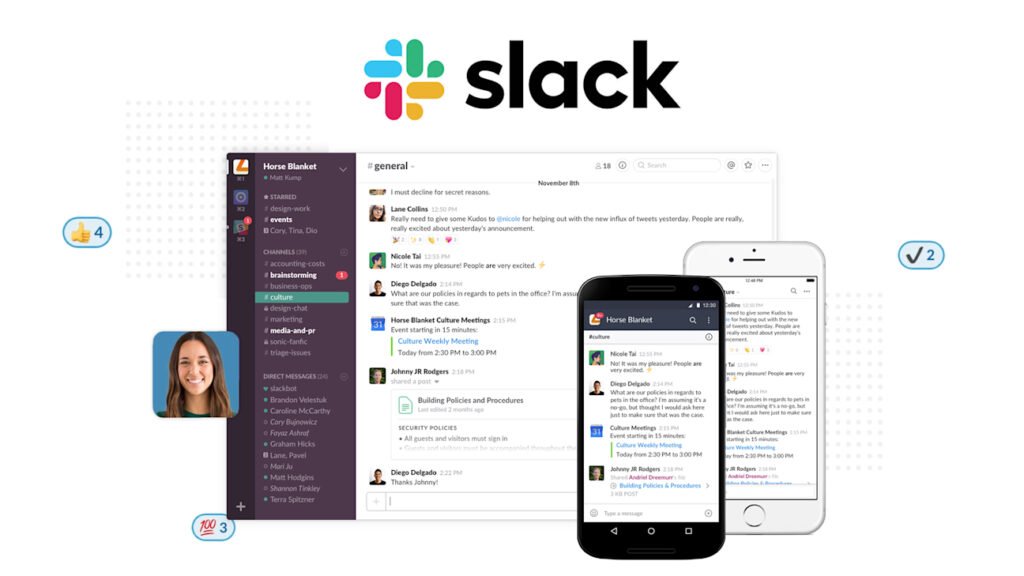What is API Integration & Why It’s a Game Changer for Businesses

Understanding API Integration
API Integration is the process of connecting two or more software systems through Application Programming Interfaces (APIs), allowing them to communicate, exchange data, and trigger actions automatically. Think of it as building bridges between different applications—web, mobile, or backend—without manual intervention. This enables seamless workflows and real‑time data synchronization

Why It Matters
API integration automates repetitive tasks like syncing CRM with marketing tools or updating inventories, cutting manual work and reducing errors.
With integrated systems, data updates instantly flow between platforms—CRMs, ERP, analytics—ensuring decisions are based on current information.
APIs let businesses plug in new services—payment gateways, AI tools, maps—without overhauling existing systems. This modularity supports faster growth and innovation.
By leveraging existing APIs, companies avoid building features from scratch, saving development time and costs.
Seamless interactions across systems—like instant order status or personalized notifications—improve customer engagement.
How It Works
- One application sends an API request (e.g., HTTP GET/POST).
- The receiving API validates authentication (API key, OAuth) and data format (JSON/XML).
- It processes the request, interacts with its database or services, then returns a structured response.
- The calling application consumes the response, completing the workflow
Must‑Have APIs for Every Business to Succeed
Payment Gateway APIs : Robust and secure payment processing is a must in e-commerce. With payment gateway APIs, you can directly accept credit cards, wallets, UPI, or bank transfers within your app or website. These APIs support multiple payment methods instantly, automate invoicing and refunds, enhance international reach, and enable accurate analytics—all while ensuring data security through tokenization and encryption.
CRM APIs : Customer data is invaluable. CRM APIs connect tools like marketing platforms, support systems, and sales applications to deliver a unified 360-degree view of each customer. This integration enables personalized marketing, efficient support workflows, and improved customer retention.
Communication APIs : Effective communication—whether via SMS, email, or voice—is vital for any business. Communication APIs allow automation of OTPs, transactional alerts, newsletters, support emails, and more. They power essential customer engagement and notification systems seamlessly.

Mapping & Location APIs : Businesses in delivery, travel, or retail benefit hugely from mapping and location services. These APIs enable features like interactive maps, real-time location tracking, route optimization, and finding nearby stores, thereby enhancing customer experience during order placement and delivery.
Cloud Storage APIs : Companies handling large volumes of data or documents can rely on cloud storage APIs (e.g., Google Drive, Dropbox, AWS) to safely store, access, and share files. This ensures easy team collaboration, scalability, and reliable data backup.
Companies handling large volumes of data or documents can rely on cloud storage APIs (e.g., Google Drive, Dropbox, AWS) to safely store, access, and share files. This ensures easy team collaboration, scalability, and reliable data backup.
Advantages of Using an API Integration Platform
- Supercharged Efficiency & Intelligent Automation. API platforms like APIDNA and Workato automate repetitive workflows—syncing CRM records, updating inventory, and processing payments. This removes manual data entry, reduces errors, and empowers teams to focus on innovation and strategic work..
- Instant, Real-Time Data Synchronization Across Systems. These platforms bridge cloud services and legacy databases, ensuring that all departments have access to the latest data. For instance, ride-share apps like Uber rely on live GPS and inventory feeds to deliver a smooth, accurate customer experience.
- Accelerated Time to Market with Pre-built Connectors. With drag-and-drop connectors and visual, code-free interfaces, developers can launch features—like payment integrations or analytics dashboards—faster than ever before. This agility provides a clear competitive advantage.

- Significant Cost Savings & Optimized Resource Use. By reusing integration components and centralizing error-handling, businesses cut development and maintenance costs. Fewer system downtimes mean teams can reroute resources toward higher-impact initiatives.
- Scalability & Legacy Integration. Unified platforms enforce OAuth authentication, encryption, and real-time monitoring—fortifying security and governance. They also scale effortlessly with growth and breathe new life into legacy applications by connecting them to modern services, driving digital transformation.
Examples of Successful API Integrations
Shopify : Shopify provides a powerful suite of APIs—such as the Admin API, Storefront API, Checkout API, and Webhooks—that transform a standard storefront into a fully customized, intelligent e-commerce engine. The Admin API gives you comprehensive control over backend operations like inventory updates, order management, shipping workflows, and return handling, all through simple API calls, eliminating tedious manual processes.
The Storefront API, designed for developers building headless commerce experiences or unique web and mobile storefronts, enables real-time rendering of products and shopping carts using GraphQL, tailored perfectly to your brand’s user experience. Checkout Customization comes to life through the Checkout API, allowing merchants to modify payment methods, tax rules, shipping options, and discount logic in checkout flows without touching Shopify’s native framework.
Additionally, Webhooks ensure that your system can respond immediately to events—whether an order is placed, inventory changes, or a payment succeeds—by sending instant notifications to your backend via HTTP. Together, these APIs ensure Shopify isn’t just a selling platform, but a seamless digital experience hub where products, logistics, marketing, and customer support function cohesively in real time, making it a preferred choice for high-growth and enterprise businesses.

Slack : Slack has evolved far beyond a simple chat app into a fully-fledged collaboration platform that brings real-time teamwork under one roof.
By integrating directly with tools like Google Drive, Trello, GitHub, and even continuous integration systems like Travis CI, Slack transforms into a central hub where file sharing, task updates, code commits, and alerts all happen in the same workspace. Its native Web and Events APIs empower developers to build custom bots, streamline workflows, and send notifications—everything from automated incident reports to personalized project reminders can be handled programmatically via HTTP methods and OAuth authentication.
As a result, teams avoid the constant disruption of switching between apps, maintaining focus and driving productivity. With its deep ecosystem of plug-and-play integrations and robust developer tools, Slack functions as the digital command center for modern organizations, seamlessly connecting communication with action.

Uber : Uber’s powerful API ecosystem—centered around its Rides API, Ride Request Widget, Maps, and Payment services—enables frictionless ride-hailing experiences across countless third-party apps. The Rides API allows other applications to request rides, fetch live ETAs, and monitor trip status in real time. Meanwhile, seamless Maps integration provides dynamic route visualization and pickup/drop-off guidance directly within partner interfaces. On the financial front, Uber’s payment APIs ensure secure, cashless transactions and worry-free fare handling.
Whether embedded in travel apps, delivery platforms, smart speakers, or event services, Uber APIs empower developers to add ride functionality without managing transportation infrastructure—offering their users convenience, speed, and reliable service.

Conclusion:
API integration isn’t just tech—it’s a strategic asset. It automates workflows, enables real-time data sync across CRM, accounting, and more, and supports personalized customer engagement with CRM APIs.
When combined with data analytics and agent-powered platforms like APIDNA, it becomes scalable, secure, and innovation-driven. Simply put, API integration is essential for any modern business to remain efficient, data-driven, and competitive.



